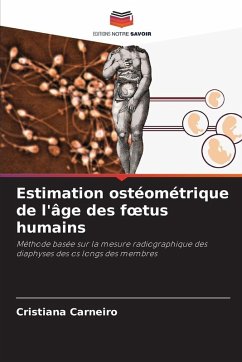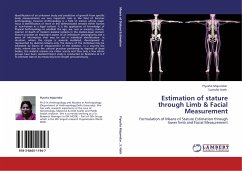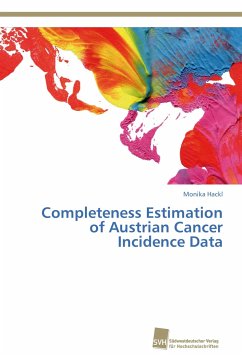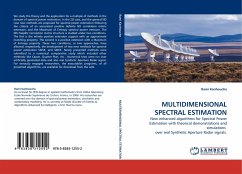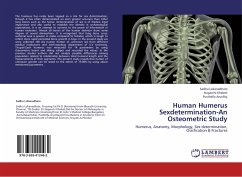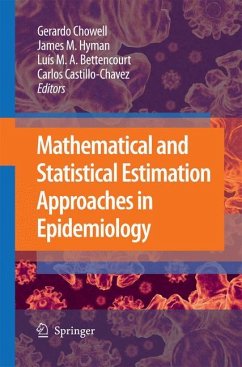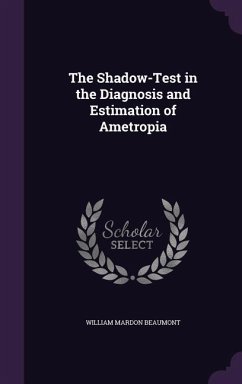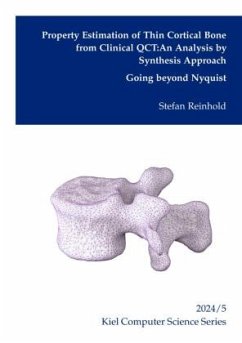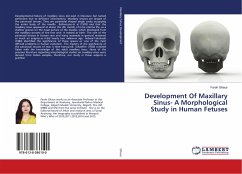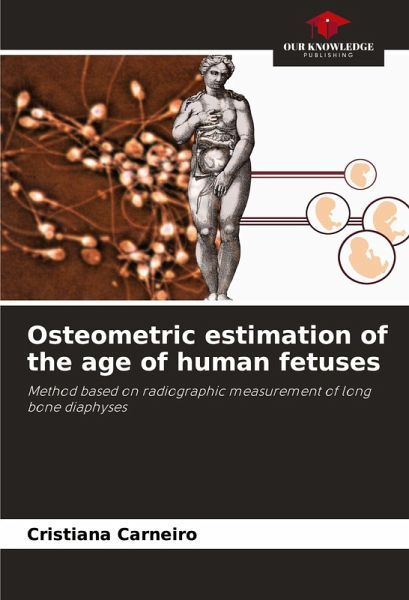
Osteometric estimation of the age of human fetuses
Method based on radiographic measurement of long bone diaphyses
Versandkostenfrei!
Versandfertig in 6-10 Tagen
51,99 €
inkl. MwSt.

PAYBACK Punkte
26 °P sammeln!
Estimating gestational age (GA) in fetal remains is important in forensic contexts, especially for assessing fetal viability, and is often the only biological parameter that can be estimated with any degree of accuracy. The length of long bone diaphyses is one of the most commonly used methods; however, the methodologies usually applied need to be updated. This study presents a simple and objective method for estimating GA based on the measurement of the maximum length of the diaphyses of the femur, tibia, fibula, humerus, ulna, and radius in radiographic images, based on a sample composed of ...
Estimating gestational age (GA) in fetal remains is important in forensic contexts, especially for assessing fetal viability, and is often the only biological parameter that can be estimated with any degree of accuracy. The length of long bone diaphyses is one of the most commonly used methods; however, the methodologies usually applied need to be updated. This study presents a simple and objective method for estimating GA based on the measurement of the maximum length of the diaphyses of the femur, tibia, fibula, humerus, ulna, and radius in radiographic images, based on a sample composed of fetuses of known GA. Simple linear regression equations were developed by classical and inverse calibration, and quick reference tables were also constructed. The equations were tested and compared with reference work methodologies, obtaining excellent results. The applicability was tested on dry bones and on fetuses with pathologies that could compromise bone growth, yielding very satisfactory results. In short, the results achieved are of great applicability in a forensic and even bioarchaeological context.



